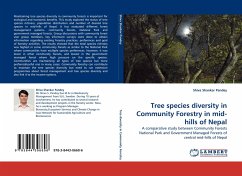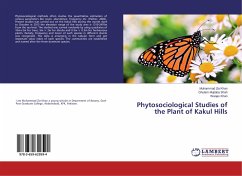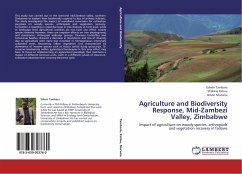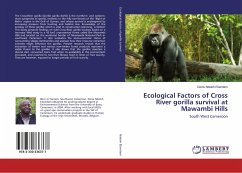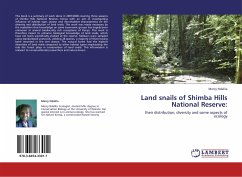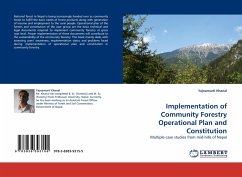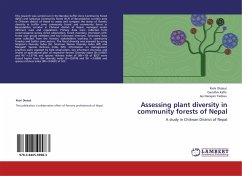Maintaining tree species diversity in community forests is important for ecological and economic benefits. This study explored the status of tree species richness, population distribution and number of desired tree species in mid-hills of Nepal. It has evaluated different forest management systems- community forests, National Park and government managed forests. Group discussions with community forest user group members, key informant surveys were done to obtain information regarding existing forestry practices, preferences and goal of forestry activities. The results showed that the total species richness was highest in some community forests as similar to the National Park where communities have multiple species preferences. However, it was lower in other community forests, and lowest in the government managed forest where high pressure on the specific species. Communities are maintaining all types of tree species but more preferred/useful one in many cases. Community forestry can contribute to maintain the tree species diversity but need to run extension programmes about forest management and tree species diversity and also link it to the income options.
Bitte wählen Sie Ihr Anliegen aus.
Rechnungen
Retourenschein anfordern
Bestellstatus
Storno

